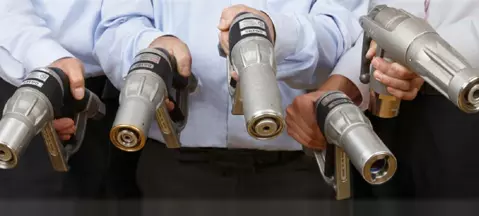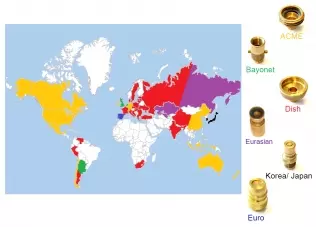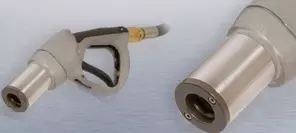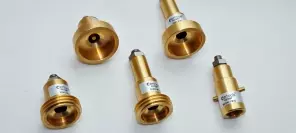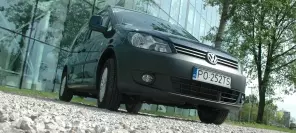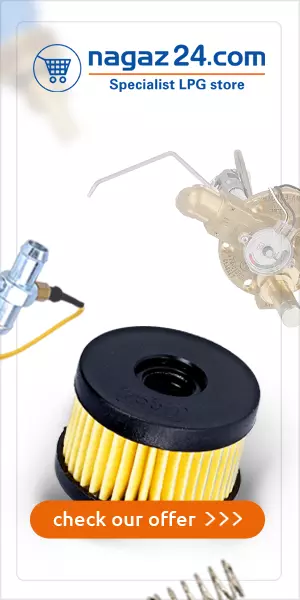- Main page
- Search
- Up to date
- Products
- Technology
- Vehicles
- Video
- Conversion Payback Simulator
Port Injection - Conversion Payback Simulator
Direct Injection - Conversion Payback Simulator
Diesel - Newsletter
So hard to adapt…
 loading results...
loading results...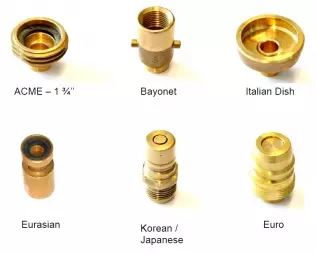 © ElaflexThere are six different coupling standards for LPG refueling. Is it five too many? But if so, then which five?
© ElaflexThere are six different coupling standards for LPG refueling. Is it five too many? But if so, then which five?If you live in a country where autogas is a popular alternative to conventional fuels, you are probably accustomed to just one LPG fueling nozzle standard. However, there are as many as six across the world, so let's take this opportunity to sum up all the differences between current systems and discuss the possibility of their standardization.
The problematic issue of carrying various adapters is familiar to anyone who had a chance to travel across Europe in an LPG car. In Poland, we are used to the Italian Dish but as soon as we get to Germany, we will come across the ACME nozzle (quite a comfortable one, we must admit). Driving further to the Netherlands or Great Britain requires getting acquainted with the Bayonet nozzle (not so user friendly) and if you plan on spending your holidays on the Iberian Peninsula, you’ll surely come across the so called euro connector that was supposed to unite the entire Europe, but thus far has failed to do so and is still only one of many available options.
The situation in the rest of the world is less complicated. Apart from the already mentioned standards, there are only two more – the Eurasian and the Korean/Japanese nozzles. But it’s still six different systems, some of them widely popular (ACME is used in North America, China and Australia, and the Italian nozzle is used in India, South Africa, some parts of China and a couple of countries in South America), other known only locally (e.g. the Korean/Japanese one, used exclusively in those countries). The Eurasian type is an interesting one – it’s used only in a couple of countries (Russia, Kazakhstan and Uzbekistan), but the area it covers is substantial, obviously thanks to the presence of Russia on this short list.
The map that shows the range of all those different types of LPG nozzles reveals also one more thing – parts of the world that are still to be controlled by one specific type. Greenland doesn’t seem that attractive, neither does Brasil or the Middle East (alcohol fuel and CNG are most popular there), but Africa might be an interesting market. Difficult task but the potential is huge. And we’re gradually receiving more news that the branch is slowly but systematically entering the African market, so we might be getting more and more LPG-related news from that part of the world quite soon.
But the question still stands: will we have a unified, global LPG nozzle system? The euro connector example tells us we might be quite far from this moment. First attempts at unifying LPG nozzles and hoses across Europe were made as early as in 1990, and the system – though introduced in 2003 – hasn't made a spectacular impact since. Will it have a second chance? Hardly anyone pushes for the euro connector to be used on a broad scale, but as long as it is in use in some places, we shouldn’t rule it out completely.
Philip Treolar, who was Elaflex’s spokesperson in London, brought up the issue of using different nozzles and problems it may pose. Let’s skip the necessity of taking adapters abroad with you – usually they’re available for hire at gas stations (at a refundable deposit) – but there are other matters: more gas getting through to the atmosphere after unclasping the hose (due to a larger number of joints), higher risk of frostbite and the possibility of mechanical damage to the filler (extended valve might simply break if the hose is to heavy). Another thing is that even within one market, LPG cars sometimes require the use of an adapter – systems installed ex factory often have gas fuel valves hidden under fuel filler flap and require the use of an adapter every time.
As it often happens, the presentation raised more problems and questions than the number of solutions and answers it offered. Is the standardization of LPG nozzles even worth the trouble? And if it is, which type should be made global? Who should educate drivers and car producers on the safe exploitation of LPG nozzles? Solving those problems is not really a job for companies such as Elaflex, that are adjusting to the market rather than setting new trends. But it’s good nevertheless that some points were raised concerning refilling LPG tanks in cars, because without questions, there will be no answers. We’re waiting for the next step.
You may also find these interesting:
 loading results...
loading results...
